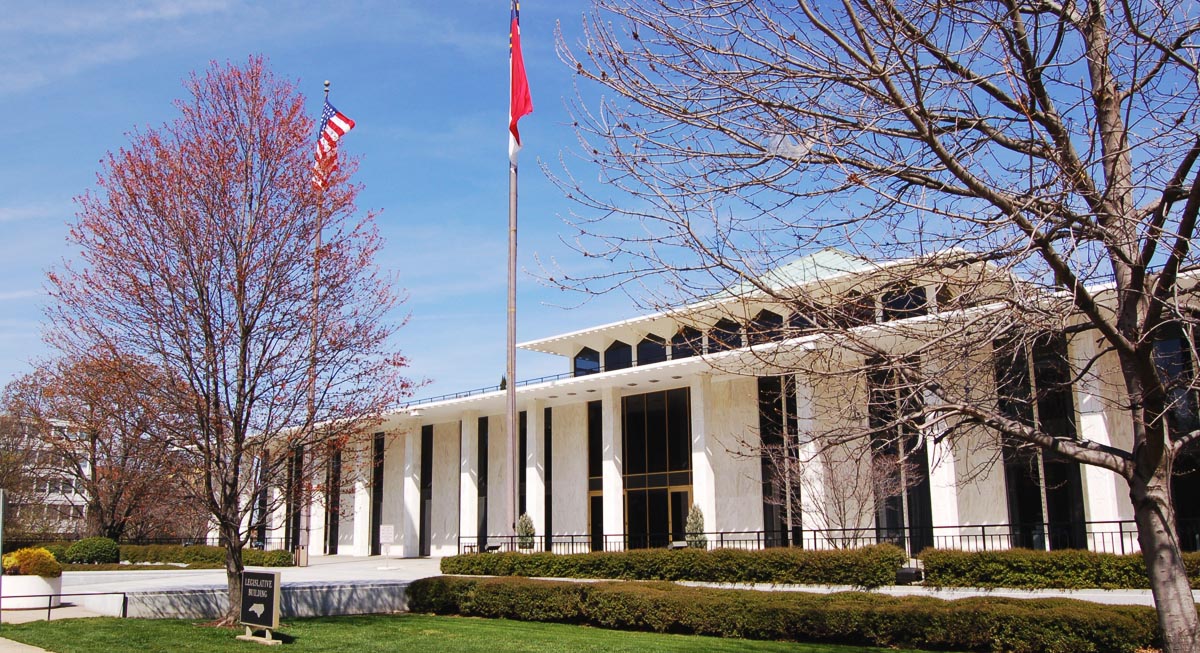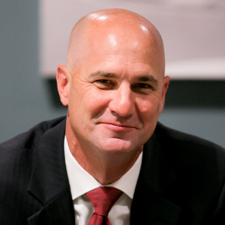Election Day is just two months away and, while midterm elections don’t always receive the same fanfare as presidential election years, the outcome of the upcoming midterms will have a major impact now and down the road. We’re taking a look at what’s shaping the upcoming election, key races to watch and what it means for 2024 and beyond.
Midterms Matter
It’s true that midterm elections don’t typically see the public interest or voter turnout that presidential elections do; however, elected officials, candidates and voters alike seem to recognize there is a lot at stake in the 2022 midterms. One of the biggest impacts the midterms will have is determining which party controls the U.S. House of Representatives and the Senate. Several races across the country, including two here in North Carolina, have been flagged as contests whose outcomes could tip the balance of power on Capitol Hill.
In what’s considered the most competitive race in the state, GOP candidate Bo Hines and former Democratic state senator Wiley Nickel are battling to represent the 13th District before Congress. This swing district in central North Carolina is one of a handful of races across the country that could determine the balance of power in the House of Representatives. The congressional seat is currently held by Republican Congressman Ted Budd, who is vying for Sen. Richard Burr’s soon-to-be-vacant seat. He faces former North Carolina Supreme Court justice Cheri Beasley in a highly competitive race to represent the state in the U.S. Senate. Both races could shape the partisan makeup of their respective chambers, and both are already considerably expensive.
In addition to legislative races, state supreme court races are gaining extra attention this year– including races for North Carolina’s own seven-seat Supreme Court. State supreme courts will be the decider on how individual states move forward under new federal regulations. With two of the North Carolina Supreme Court’s seven seats up for reelection this fall, the outcome could shape the Court’s overall political leaning and its enforcement of major state and federal policy changes.
What’s Driving Voters
A number of hot-button issues have dominated headlines and public discourse recently, and are likely to affect voters’ attitudes and inclination to vote in November. While it’s fairly clear how major issues like these will mobilize party bases, it is less clear the effect they will have on moderate partisans and independent voters. For example, the U.S. Supreme Court’s overturning of Roe v. Wade fired up Democrats and Republicans in different ways, and could also motivate suburban female voters to get out to the polls. Similarly, Pres. Biden’s recent announcement of his federal student debt forgiveness plan has become a campaign issue for Republicans, though it’s unclear how it might affect the ballots of the millions of debt holders who would personally benefit under the plan.
Other social and political issues that have become major campaign issues include support of law enforcement, the recent FBI raid at Mar-a-Lago, the recently passed Inflation Reduction Act and more. Classic issues, such as immigration and tax policy, will also remain part of the narrative as campaigns push to connect with and mobilize potential voters.
While recent events have provided campaigns on both sides of the aisle with much to message upon, it will ultimately be up to the voters to decide what drives them to the polls and how they decide to vote.
Looking Ahead to 2024
The outcome of legislative and judicial races across the country this November will largely serve as a litmus test for both former Pres. Trump and Pres. Biden. The election is an unofficial referendum on both presidents’ policies, performances, personalities and priorities, and will set the stage for what’s to come in 2024. The next presidential election year will possibly see another Trump-Biden face-off, and it will also see a new governor elected in North Carolina. Incumbent Gov. Cooper will be ineligible to run again after serving two consecutive terms, leaving much speculation about who the Democratic candidate could be as well as which Republicans will run.
In the meantime, Trump’s support has been buoying a number of GOP candidates across the country, including some that unseated incumbent Republicans. This could be part of a larger trend, as this election cycle has seen the highest number of incumbents unseated in their primaries since 1948. Democratic candidates, meanwhile, could see some tailwinds from recent party wins on Capitol Hill.
Regardless of the outcome, the 2022 midterms will reveal a lot about how Americans feel toward current issues and leaders, and will shape the landscape for the next two years of campaigning and policymaking.




